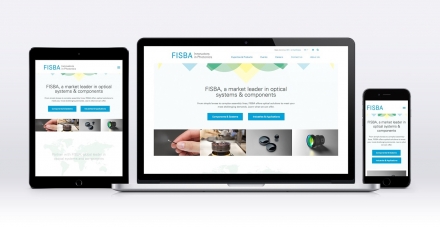
Siemens’ new pulsed-bed walnut shell filter offers small footprint for offshore oil/water separation applications

The proprietary filter design requires no moving equipment to perform backwashes, and greatly reduces the volume of backwash water produced when compared to other walnut shell filter designs. This simplifies the design of the filters, reduces the weight and footprint, and lowers the cost of multiple filter systems, making it ideal for offshore oil production.
Walnut shell filtration was developed as a more suitable method of filtering free oil and suspended solids in applications where sand filters have traditionally been used. Today, walnut shell filtration is used to treat oil field produced water, refinery wastewater, and other types of wastewater. Due to the reduction in backwash water volume and reduction in weight and footprint, the new pulsed-bed walnut shell filter is ideal for many off-shore oil production applications.
The pulsed-bed walnut shell filter uses a deep bed of 100 percent black walnut shells, which have excellent surface characteristics for coalescing and filtration, plus superior resilience to attrition. The filter’s deep nutshell bed (66 in., 168 cm) offers superior effluent quality, longer filtration runs, and greater throughput efficiency.
The filter uses raw process water and gas or air for backwashing, eliminating the need for moving mechanical equipment or external scouring equipment. The filter operates at up to twice the flux rate of conventional filters in the same application, and can remove more than three times the amount of solids before needing to be cleaned.
During the filtration cycle, dirty process water passes through the filter from top to bottom. As the water passes through the walnut shell media, free oil and suspended solids are removed.
After 24 hours of filtration, the dirty process water is redirected and pulsed into the bottom of the vessel to fluidize the media bed. In addition, air or process gas is added in a proprietary manner to create an airlift pump. The airlift pump lifts the contaminated media to the top of the vessel where the turbulence of the backwash water and gas separates oil and suspended solids from the walnut shells.
The use of air or gas greatly reduces the amount of backwash water required. The mixture of air or gas and backwash water is separated in an external vessel. One separator vessel can be used for multiple walnut shell filters. Upon completion of the backwash cycle, the flow of dirty process water is again returned to the top of the vessel.
The Siemens Industry Sector (Erlangen, Germany) is the world's leading supplier of production, transportation, building and lighting technologies. With integrated automation technologies as well as comprehensive industry-specific solutions, Siemens increases the productivity, efficiency and flexibility of its customers in the fields of industry and infrastructure. The Sector consists of six Divisions: Building Technologies, Drive Technologies, Industry Automation, Industry Solutions, Mobility and Osram. With around 222,000 employees worldwide Siemens Industry posted in fiscal year 2008 a profit of EUR3.86 billion with revenues totaling EUR38 billion. www.siemens.com/industry
With the business activities of Siemens VAI Metal Technologies, (Linz, Austria), Siemens Water Technologies (Warrendale, Pa., U.S.A.), and Industrial Technologies, (Erlangen, Germany), the Siemens Industry Solutions Division (Erlangen, Germany) is one of the world's leading solution and service providers for industrial and infrastructure facilities. Using its own products, systems and process technologies, Industry Solutions develops and builds plants for end customers, commissions them and provides support during their entire life cycle. With around 31,000 employees worldwide Siemens Industry Solutions achieved an order intake of EUR 8.415 billon in fiscal year 2008.














